A dearth of people with the ability to propel a cricket ball at 90 miles per hour once prompted the launch of find-a-fast-bowler competitions throughout the UK.
That at the time when the West Indies seemed to have entire regiments of such individuals at their disposal. One of their number could be found playing in a public park in south Wales back then, sending down a bouncer of such velocity that those who witnessed it insist to this day that the ball came close to ending up in a river 80 or so metres from the square.
The man didn’t figure in a single Test, though, or even come close to it, such was the depth of quality available in the fast-bowling department to the Windies in those days.
Anyway, it isn’t clear how fruitful were those searches for quicks on these isles.
The memory drifted back to them when mulling over the question of who will be the Welsh rugby team’s long-term successor to Liam Williams and Leigh Halfpenny at full-back.
There have been no sponsored find-a-full-back quests in Wales that we know of, but the position has long been seen as a problem waiting to happen. A year or so ago, in a wide-ranging critique of Welsh rugby, Jonathan ‘Jiffy’ Davies noted: “Liam Williams and Leigh Halfpenny have been full-backs for Wales for the last 10 years. Nobody coming through.”
How much have Messrs Williams and Halfpenny brought to the table over the years?
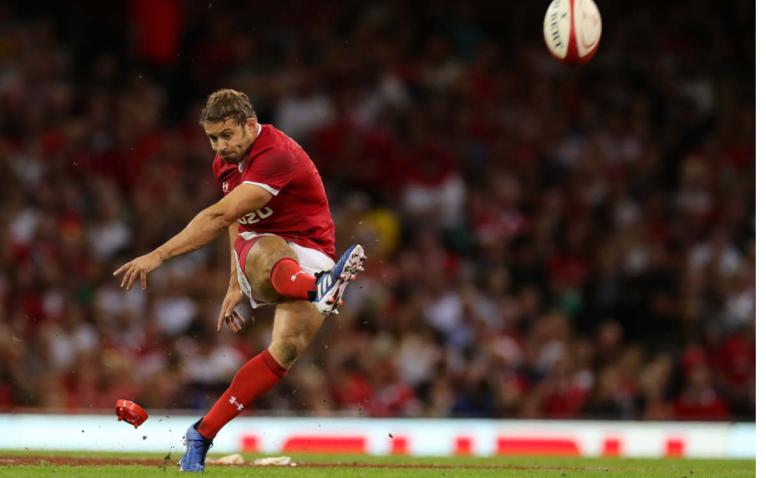
“They have been wonderful players,” says Tony Clement, a man who knows a thing or two about the full-back position having enjoyed a stellar career in the role for both Swansea and Wales in the 1980s and 1990s, playing much of his rugby there after switching from fly-half.
“There are not many more reliable No. 15s in the world than Leigh. I can’t think of hardly any who read play as well as he does and have safer hands.
“As for Liam, what a player.
“When he’s on the field, you can almost sit back and think: ‘Don’t worry, Liam’s playing.’
“He’s honest, tough and rarely has a bad game.”
But nothing lasts for ever and Halfpenny is 35 in December with Williams 33 next April, having recently signed to play in Japan after the World Cup.
Since Halfpenny first donned the No. 15 jersey for his country, against Ireland in Wellington at the 2011 World Cup, 10 players have started for Wales in the role
Wales are going to need a new last line of defence sooner rather than later, then.
History suggests it may not be an easy job to find one.
Since Halfpenny first donned the No. 15 jersey for his country, against Ireland in Wellington at the 2011 World Cup, 10 players have started for Wales in the role.
Three of those have made just solitary appearances as custodians. Matthew Morgan featured there against Fiji at the 2015 World Cup in a bold call after the win over England just days earlier. What is there to say? If there was a rugby form of cricket’s Bazball, Morgan would figure in every game, for he is an adventurer.
Against Fiji he fielded the ball beneath the shadow of his own posts at one point and opted to counter. Had the game been a pre-season runaround, his call would still have been risky. But it wasn’t a lark in the park at all. It was a vital global-tournament pool match in a section that had been styled the pool of death.
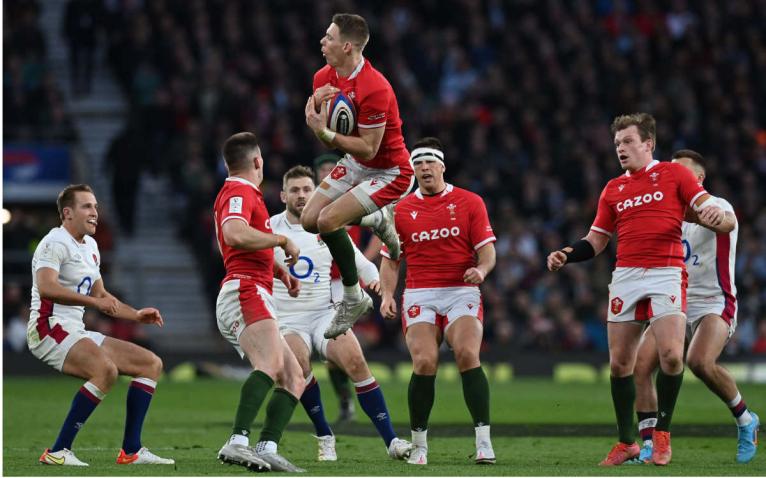
Wales did clear the danger after Morgan was nailed, but it would be wrong to suggest Warren Gatland obviously enjoyed the moment. Later, he was asked how he felt the Bridgend product had played. “We know how exciting Matthew Morgan is,” he replied. “There were a couple of moments when my heart was in my mouth when he ran from under the posts. But you don’t want to take that away from him.”
There’s been no more Test rugby for Morgan since, though – not at full-back or anywhere else in the Wales backline.
Jonah Holmes had his chance in the 74-24 win over Tonga in 2018. He did well, too, collecting three high balls in the first 15 minutes and later setting up a try. Thereafter, he was used out wide by Wales before his decision to head for Ealing Trailfinders, thereby placing himself off limits for Welsh Test selection under the cap rule affecting exiled players.
Josh Adams had an outing in the bomb-defusing role against Australia last November and also emerged in credit. However, he is a world-class finisher who has built his reputation on the wing.
Gatland has also pressed Gareth Anscombe and Rhys Patchell into full-back service, while Louis Rees-Zammit has played there three times
The player Wales seemed to be looking to as the long-term successor to Halfpenny and Williams was Hallam Amos, a talent who could run, kick and pass. What he couldn’t do, though, was marry his career as a doctor with his role as a professional rugby player, an issue he resolved by opting to focus full-time on medical matters.
Gatland has also pressed Gareth Anscombe and Rhys Patchell into full-back service, while Louis Rees-Zammit has played there three times, with his debut in the position seeing him please the Cardiff crowd by opting not to kick with his first touch, instead dipping his toe on the accelerator and making 30 metres before Argentina’s defensive line could utter the Spanish for ‘what the hell is happening?’
Does he really want to make the switch from wing a permanent one, though? His interview after the game with the Pumas didn’t exactly make the position clear.
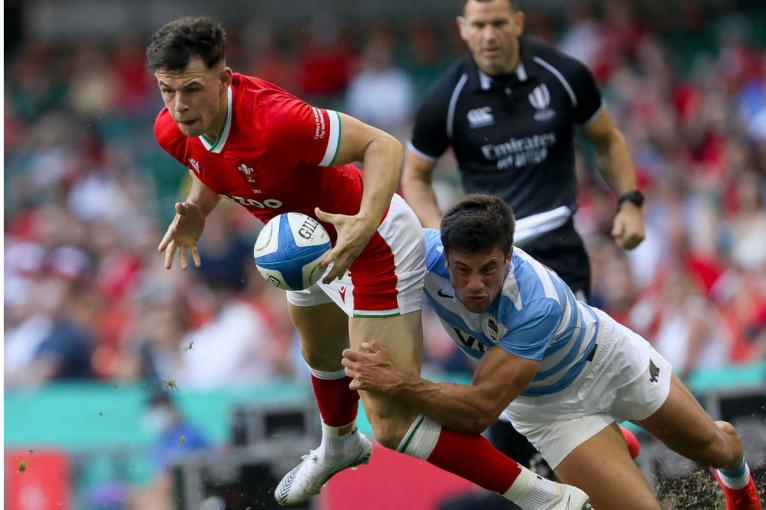
Johnny McNicholl has also had three bites at the position for Wales, but, like Anscombe, at 32 he isn’t in the first flush of youth.
So we are where we are, with just 25 of the past 143 Welsh Tests seeing someone other than Halfpenny or Williams in the No. 15 shirt.
Should the national coaches be blamed for not spreading the opportunities or has there been a glitch in the supply line? Cardiff’s Gruff Rees, one of Welsh rugby’s most respected academy bosses and a former Ospreys assistant coach, doesn’t shy away from the issue.
“There have been gaps in provision,” says Rees.
“Historically, perhaps a lot of talented ball players in the pathway have tended to be pushed into 10 or 12. That said, we at Cardiff have long understood the importance of the 15 role and put a big emphasis on it in terms of our pathway over the past few years.
“We’d like to think we’d see the fruits of our efforts there in the seasons ahead.”
Options for Wales going forward? Scarlets’ Tom Rogers is wiry, quick and tenacious, a player in the Liam Williams mould.
Cardiff were unlucky in that the very talented Rhun Williams, a player their former coach John Mulvihill reckoned had the ability to win 50 Wales caps, was forced to quit at the age of just 22 because of injury. Tall, quick and skilful, the north Walian could have been the emerging No. 15 the national side had long been waiting for. But it wasn’t to be.
Whatever, someone needs to step forward, for a top quality full-back who can not only do the basics but also supply high-level strikepower is now a must-have item for ambitious sides.
Options for Wales going forward? Scarlets’ Tom Rogers is wiry, quick and tenacious, a player in the Liam Williams mould, while Adams and Rees-Zammit have shown they have the versatility to switch positions.
Mat Protheroe is a back-three man with zip at the Ospreys, for whom Iestyn Hopkins has also started to emerge, albeit it’s still seriously early days for him, while Cai Evans can boot a ball miles and won a Wales squad call this summer but we need to see more.
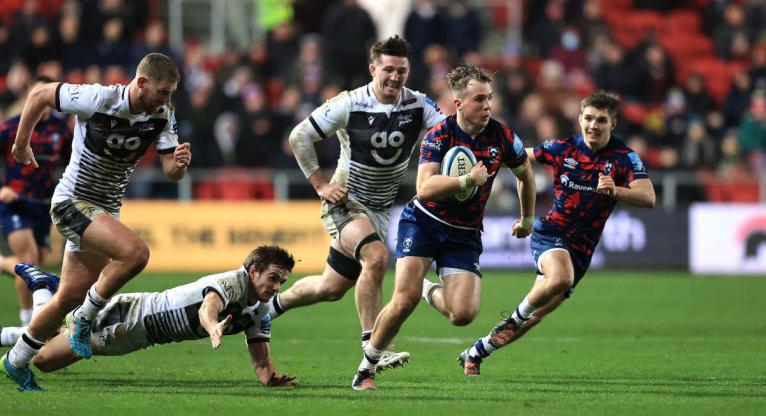
Out east at the Dragons, Angus O’Brien has many skills but the national selectors seem to have a blindspot over him, while David Richards has shown enough raw potential with Newport to encourage the belief he could go far.
Then there’s Ioan Lloyd, now at the Scarlets, a dazzler of uncommon gifts who could probably play in any position behind the scrum and do a fine job in the process.
Reinforcing what Gruff Rees said, Cardiff have two of the brightest prospects of the lot in Jacob Beetham and Cameron Winnett.
“Jacob is excellent under the high ball, beats people and has a really good frame that will help him adapt nicely to senior rugby,” says Rees. “I first saw him as a fly-half for Cardiff and Vale College and we gave him his intro to senior rugby as a No. 10 with Glamorgan Wanderers.
“We explored what he could do with a couple of games in the centre as well.
Working closely with someone like Dan Fish, he’s become more of a mature, rounded player over the past 18 months.
Gruff Rees on the strides made by Cameron Winnett
“He could hit a line and he understands the detail in terms of angles and phase-play, but we also wanted to get him on the ball as much as possible because he has that skill set to run, pass or kick, which not too many have in the Welsh game – and he has those skills as a big man.
“But looking at how comfortable he is in backfield and in space – he makes good decisions, hits the line at pace and is strong defensively – 15 was probably a good progression for him.
“We’re excited about Cameron, too.
“He’s another one who has played at outside-half before now, but that’s a good thing because being familiar with different positions has helped develop his skill set.
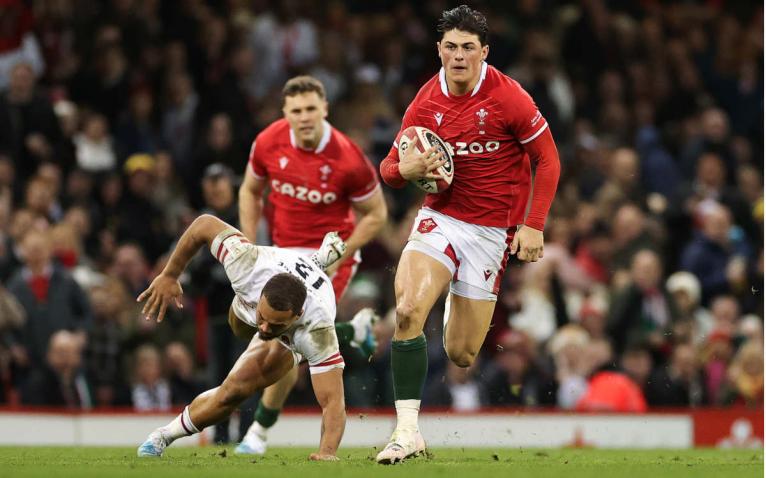
“He’s obviously a gifted player who can beat the first line of defence. When he came into the Cardiff RFC group, he probably overplayed his hand a bit by trying to take the world on. He could do that at schoolboy level because he’s so talented, but defences are tighter in senior rugby and he’s had to learn about the backfield and the kicking battle. Working closely with someone like Dan Fish, he’s become more of a mature, rounded player over the past 18 months.”
Maybe patience will need to be the watchword for the Cardiff pair.
In the meantime, Clement, for one, believes there is no cause for panic on the national front at full-back. “I can understand why people have concerns, but, there again, we are in an era of adaptability,” he says.
Gone are the days of picking a rock-solid performer week-in, week-out, in one position. Now, if you’re an athlete and you have good ball skills, you can play almost anywhere
“Josh Adams and Louis Rees-Zammit are both fabulous rugby players. Potentially, they could be the next 15s.
“Gone are the days of picking a rock-solid performer week-in, week-out, in one position. Now, if you’re an athlete and you have good ball skills, you can play almost anywhere.”
As a man who started for Wales at full-back, fly-half, wing and centre, and who could kick a ball further than most people go for their holidays, Clement knows what he’s talking about.
Even so, Wales would be wise to keep an eye on their full-back stocks.
They need to be prepared for life after Halfpenny and Williams.


Comments
Join free and tell us what you really think!
Sign up for free